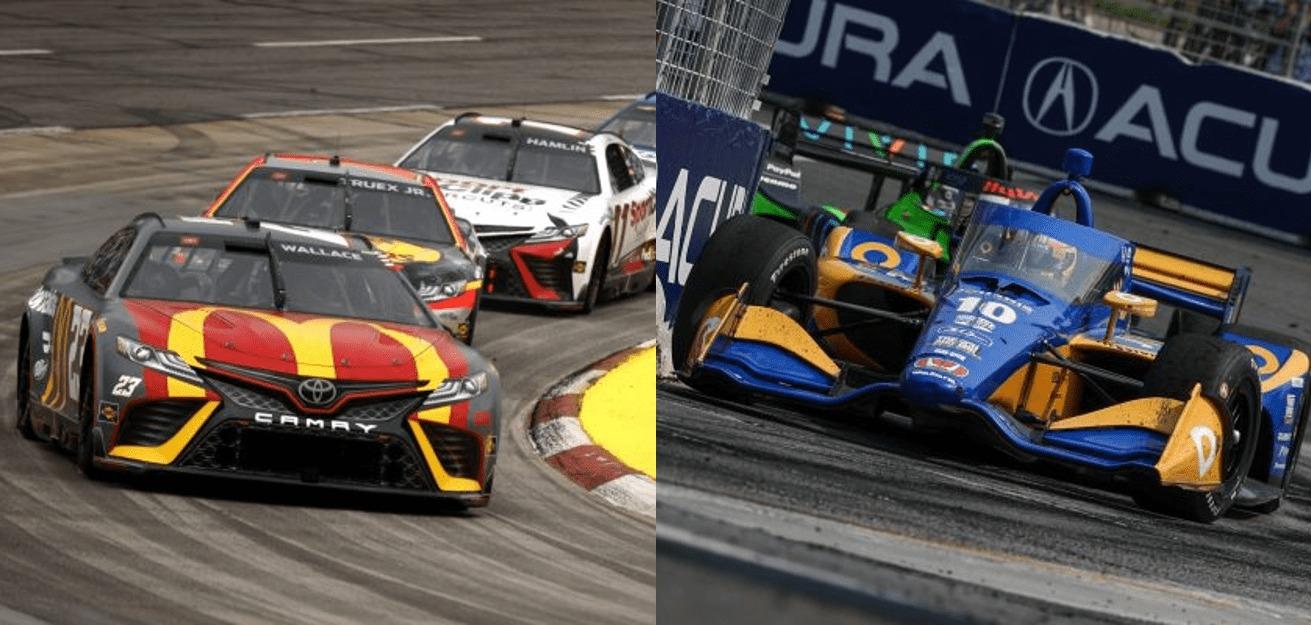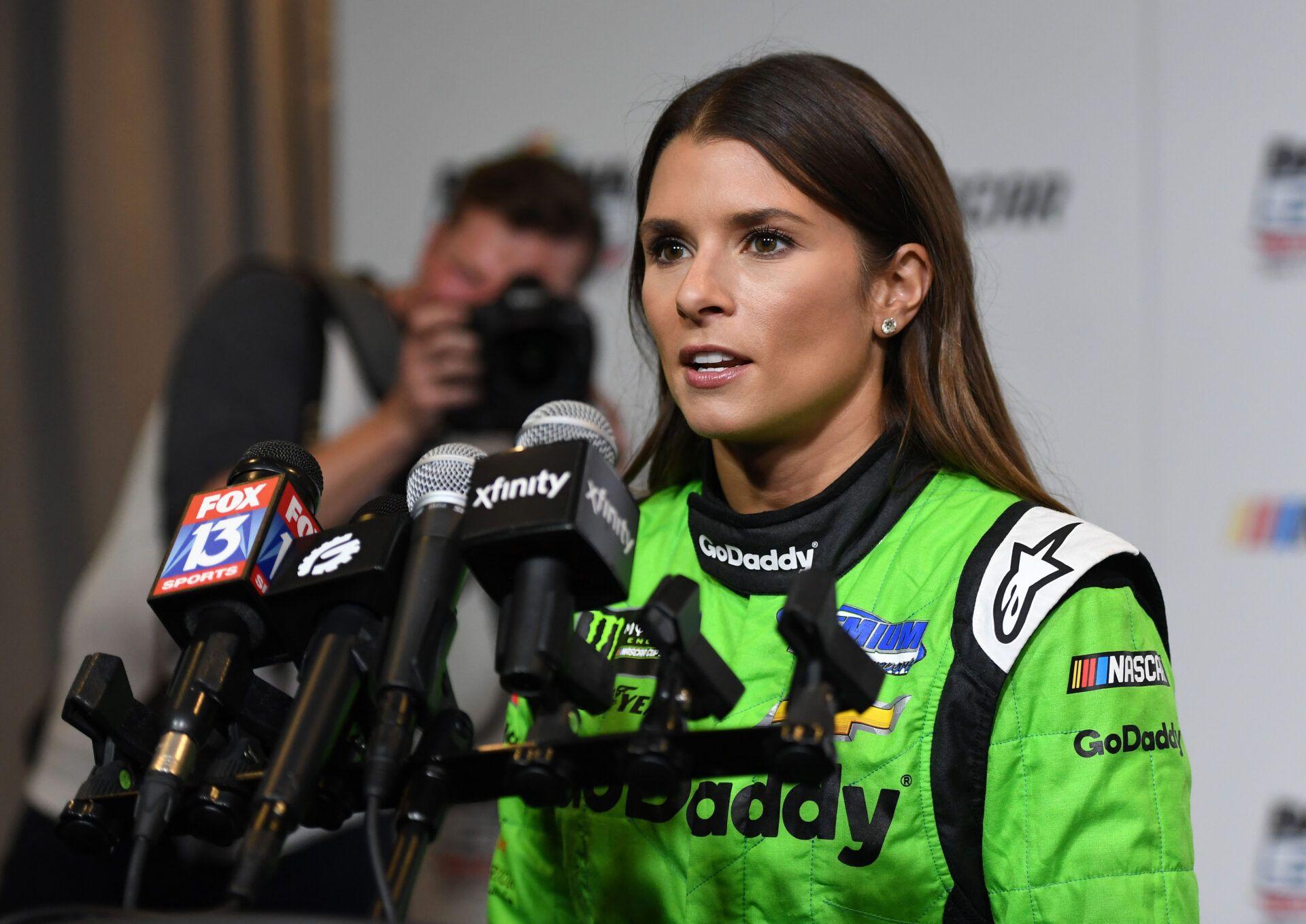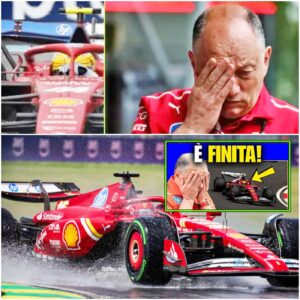Danica Patrick, a pioneering figure in motorsports, has highlighted the distinct demands and challenges of racing in IndyCar versus NASCAR, drawing from her extensive career in both series. In an interview with The Athletic after her retirement in 2018, Patrick, who was the first woman to win an IndyCar race and the first to secure a pole position in NASCAR, explained how the two racing disciplines require different mental and physical approaches.

Patrick emphasized that NASCAR’s schedule is far more demanding, with many more races and less downtime between events compared to IndyCar. She noted that in IndyCar, it is easier to “disappear for two weeks” and reset, whereas NASCAR requires drivers to be ready to compete again within a few days, making the mental and emotional management of the sport more intense. This relentless pace forced her to work on her attitude, as she realized that a negative mindset not only affected her own performance but also impacted her team and those around her. She reflected on learning to manage these pressures and focus on what truly makes her happy.
Throughout her career, Patrick faced the challenge of competing in a male-dominated sport, which also influenced her personality and public image. Early in her career, she admitted to having a fiery personality, which she later recognized as a way of wasting energy trying to prove toughness and care. In a 2017 Forbes interview, she revealed that she shifted her approach to focus more on positivity, which helped her both on and off the track by making her more approachable and improving her performance.

Patrick’s racing achievements are notable: she won the 2008 Indy Japan 300, becoming the first woman to win an IndyCar race, and in NASCAR, she recorded the fastest qualifying lap for the 2013 Daytona 500, marking her as the first woman to earn a pole position in the series. Despite her success in IndyCar, transitioning to NASCAR was challenging due to the grueling schedule and different racing style. She described how the energy from one NASCAR weekend easily spilled into the next, which initially overwhelmed her and affected her attitude, especially early in the season at her sponsor’s hometown race in Phoenix. She realized she needed to quickly learn to reset her mindset each week to maintain a better attitude and mood for the demanding NASCAR season.

Patrick also discussed the physical and mental toll of NASCAR compared to IndyCar. While some fans debate the difficulty of each discipline, Patrick’s experience shows that NASCAR’s nearly continuous race calendar and the need for quick mental recovery are significant challenges. She acknowledged that adapting to NASCAR’s demands required not just physical endurance but also mental resilience and attitude adjustment.
Since retiring from full-time racing in 2017, Patrick has transitioned into entrepreneurship and broadcasting, including a return to IndyCar as a pundit for the 2025 Indy 500. She remains a respected figure in motorsports, known for breaking barriers and paving the way for women in racing.
In summary, Danica Patrick’s reflections reveal that while IndyCar and NASCAR both demand high skill levels, the two series differ greatly in their scheduling, mental demands, and racing styles. NASCAR’s relentless pace and frequent races require drivers to maintain a consistently positive and resilient mindset, a challenge that Patrick learned to meet over her career. Her journey underscores the importance of attitude and mental strength in professional racing across different motorsport disciplines.





